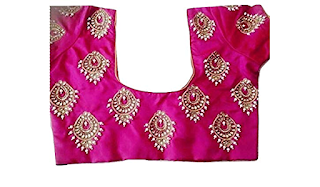Saree Through the Ages: How Women's Clothing Reflects the Socio-Cultural Changes in India
The saree, also known as sari, is a traditional garment worn by women in the Indian subcontinent. It is a long piece of fabric that is draped around the body, with one end typically worn over the shoulder or head. The history of sarees dates back thousands of years and has evolved over time.
The exact origins of the saree are unclear, as its history predates recorded history. However, references to draped garments can be found in ancient Indian texts like the Vedas, which were written between 1500 and 500 BCE. These texts mention garments like "sattika" and "antariya," which are believed to be precursors to the saree.
During the Mauryan period (322 BCE to 185 BCE), statues and sculptures depict women wearing draped garments similar to sarees. The artistry of sarees continued to flourish during the Gupta period (4th to 6th century CE) and is evident in the paintings and sculptures of that era.
During the Mughal period (1526-1857), the saree saw influences from Persian and Central Asian styles. The Mughal rulers and their queens brought in new fabrics, intricate embroideries, and rich embellishments, elevating the artistry of sarees. Silk became a popular fabric choice during this period, with the Banarasi silk saree from Varanasi gaining prominence.
In the colonial era, the British Raj introduced new textile techniques and machinery, which impacted the production of sarees. The introduction of synthetic fibers and modern printing methods influenced the availability and affordability of sarees.
Today, sarees continue to be an integral part of Indian culture and fashion. They are worn for various occasions, including weddings, festivals, and formal events. Saree designers experiment with fabrics, colors, prints, and embroidery techniques, blending traditional aesthetics with contemporary designs.
The saree has also gained international recognition and popularity, with people from different cultures appreciating its elegance and versatility. It has become a symbol of Indian identity and heritage, representing the beauty and diversity of Indian traditional attire.



Comments
Post a Comment